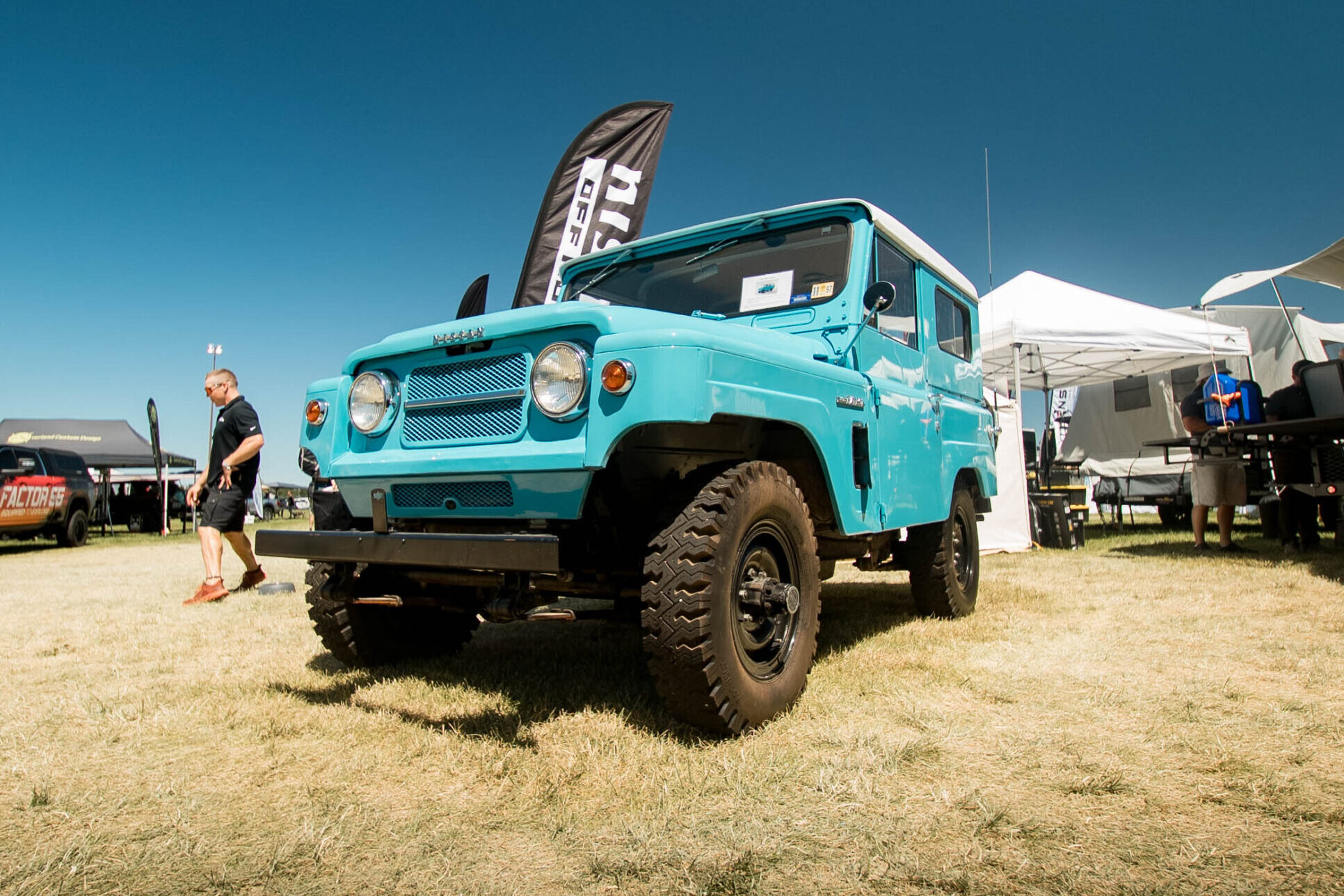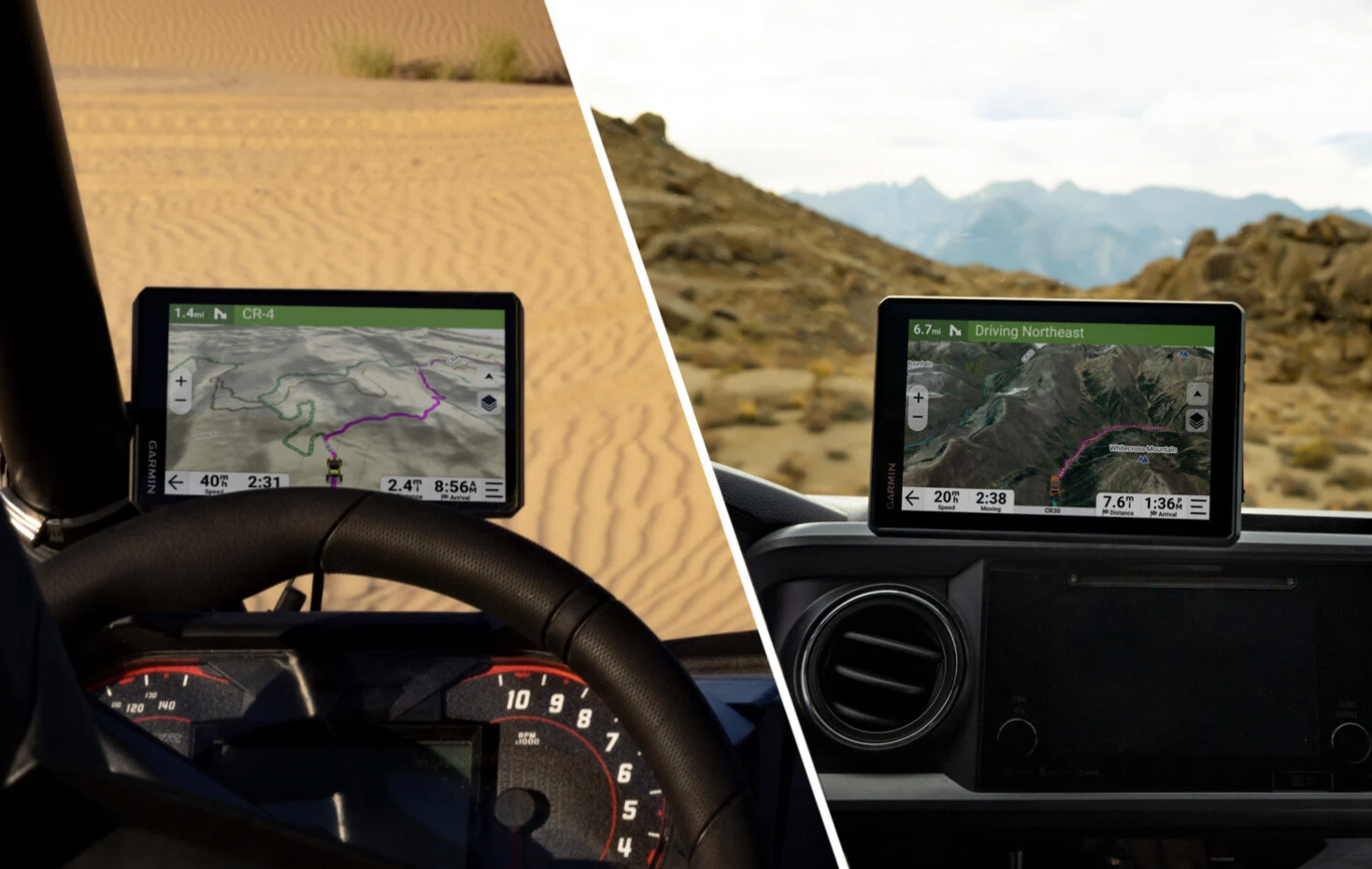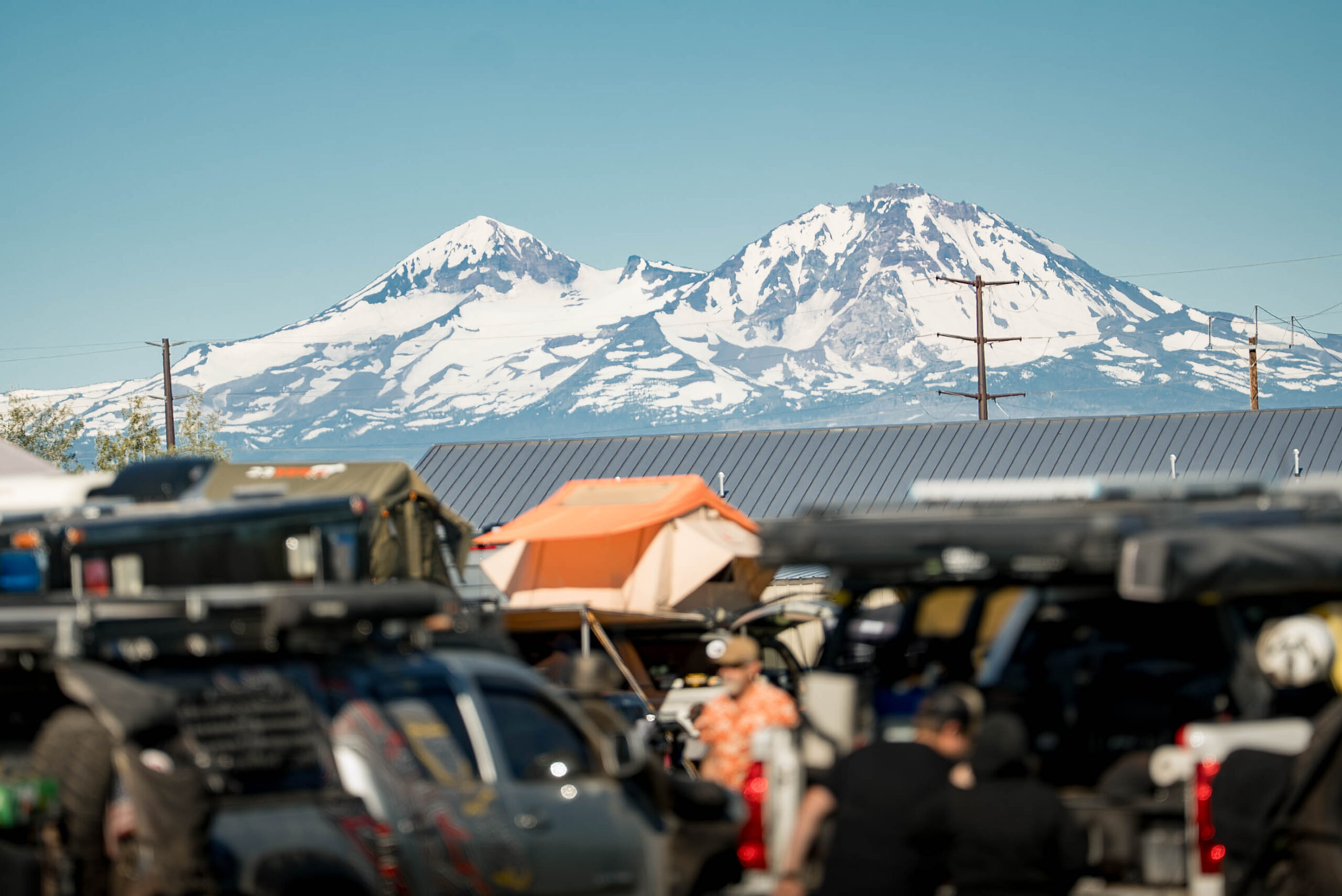Come 2023, you’ll be able to buy the new Ranger, you’ll even be able to buy the Raptor Ranger, but you won’t be able to get the new Ranger-based SUV, the Everest, at least if you live in the United States. With Toyota seemingly delayed in replacing their 13-year-old 5th generation 4Runner and fewer and fewer body-on-frame SUVs being offered in the United States, it seems like the market would be ripe for Ford to release the Everest in the US. Alas, Ford won’t be filling that need with this capable new offering.
The new Everest has a lot to offer as an overlanding platform, so what we are missing out on?
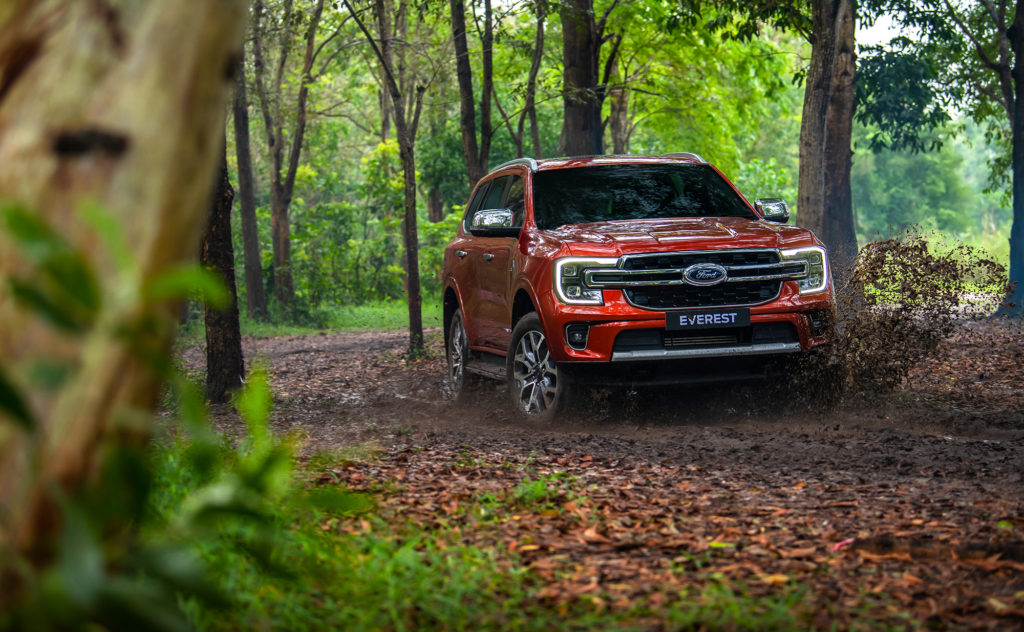
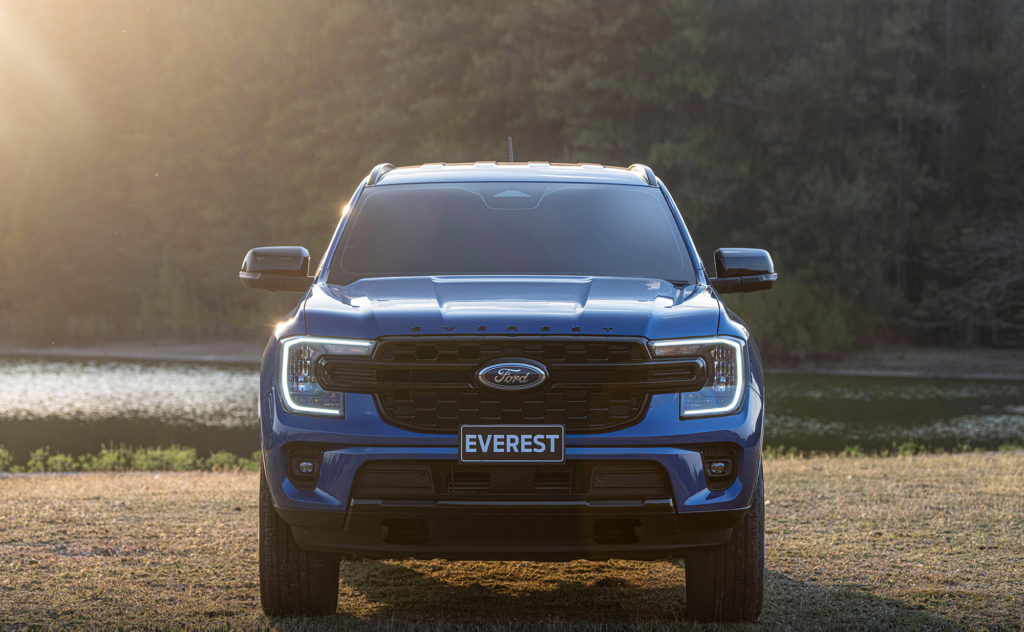
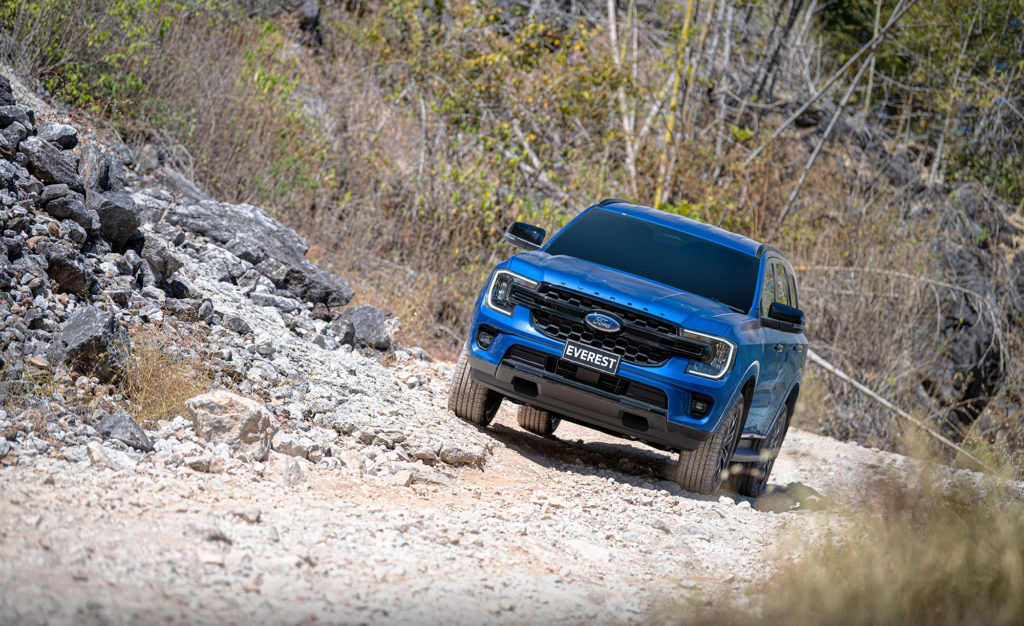
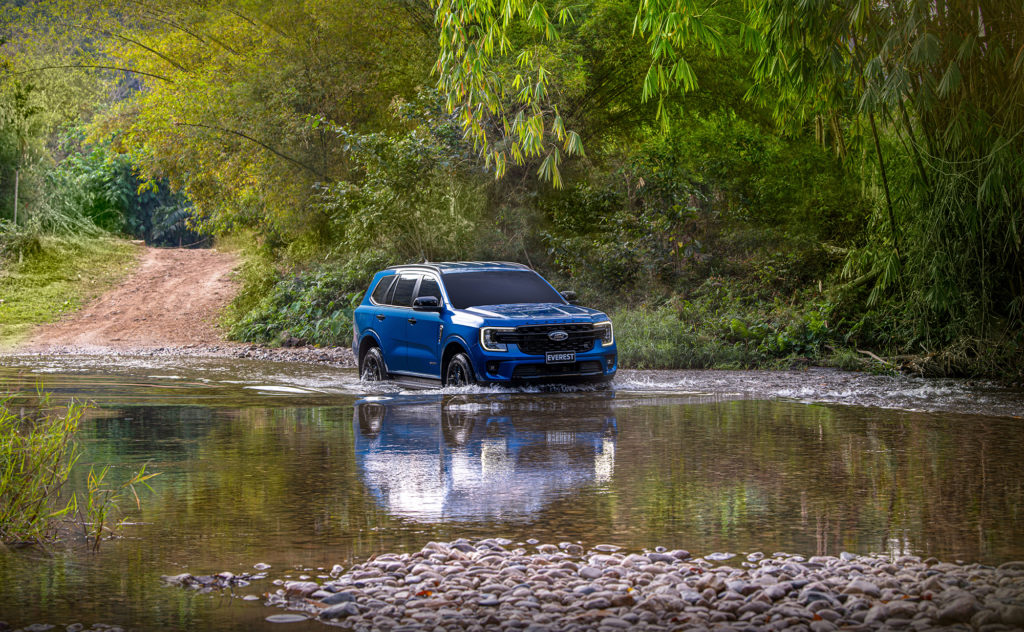
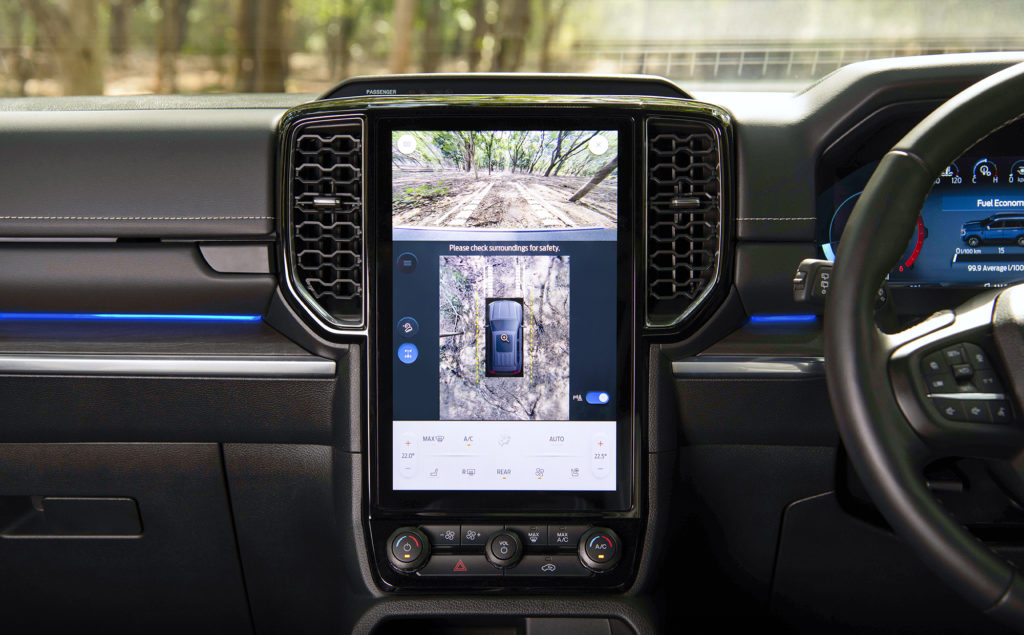
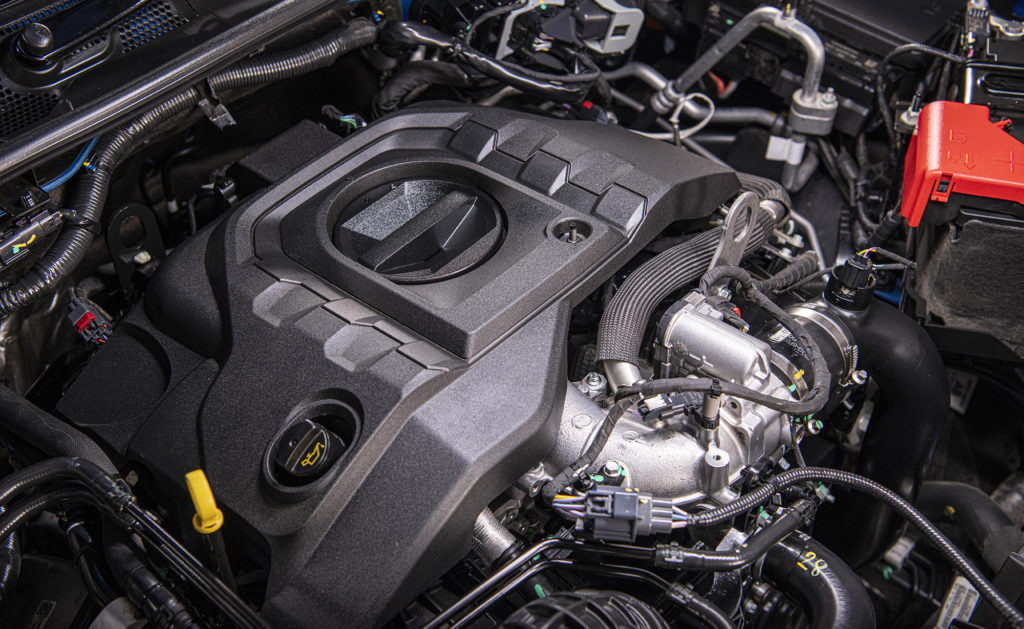
The new SUV will be based on the same redesigned T6.2 architecture as the Bronco and the Ranger. The new platform offers a 50mm wider track than the outgoing Everest model. In addition to the enhanced stability provided by a wider chassis design, the changes allow the suspension to be moved outboard of its previous location, providing more room for suspension articulation and wheel travel.
READ MORE: Starting in 2023, Ford Will Let Loose Ranger Raptor on U.S. Soil
Depending on the international sales region, the new Everest will be offered with several engine options, paralleling the Ranger options. Those engines include a 2.3 liter EcoBoost I4 turbo gas engine, a 2.0 liter Eco Blue I4 turbo diesel, a twin-turbo version of this diesel engine, and a 3.0 liter Power Stroke branded V6 turbo diesel. Details are scant on horsepower and torque figures but expect them to be notable upgrades from the last generation’s offerings. Depending upon the engine and trim selected, the vehicle will come with either a six-speed automatic or ten-speed SelectShift automatic.
To further compound the staggering number of options available across four trim levels and four engines, Ford will be offering both a part-time shift-on-the-fly transfer case as well as a permanent four-wheel drive system that utilizes Ford’s advanced electromechanical transfer case system, the latter providing selectable drive modes.
Both four-wheel drive configurations each come with underbody protection, locking rear differentials, and two hard tow points at the front of the vehicle. Also of note to the overlander are the increased fording depth, now at 800 mm (31.5 inches), and a space in the engine bay designed for a second battery. The new Everest will also have an available forward facing terrain camera with predictive overlay lines mapped onto the 10.1-inch or optional 12-inch display screens available to help the driver navigate trail obstacles.
All things considered; the new Ford Everest appears to be a vehicle well suited to the demands of the American overlanding market. Let’s hope that the folks at the blue oval change their minds about offering it in the US.
